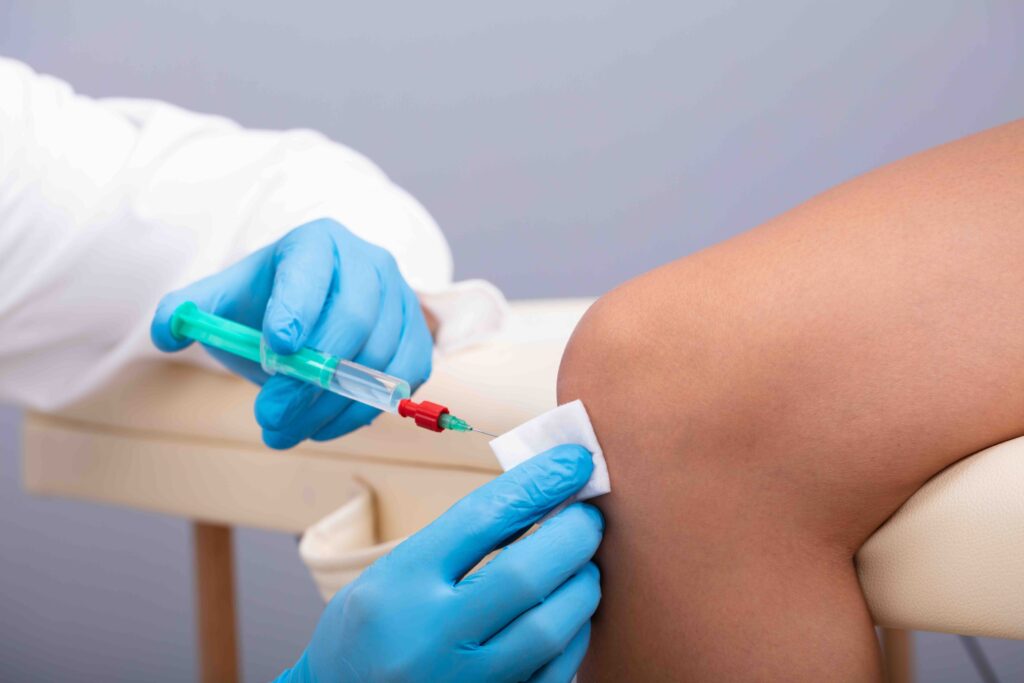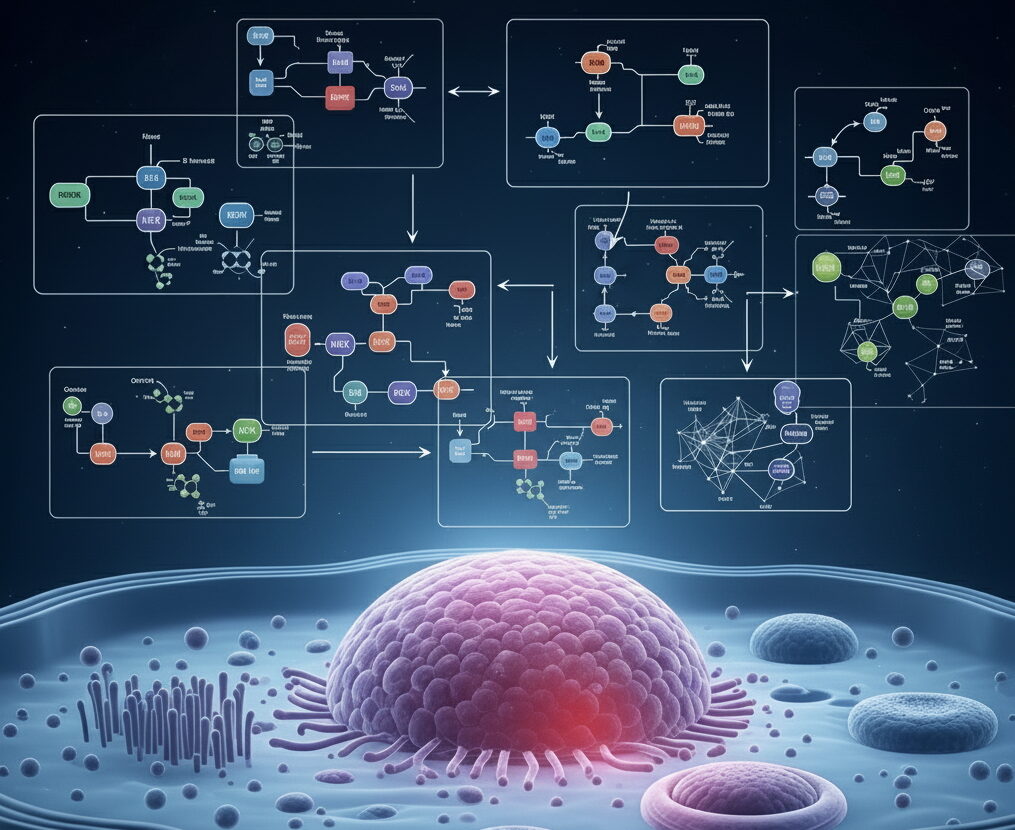Study challenges the similarity and efficacy of two popular stem cell therapies
Collaborators
A new study from Wu Tsai Human Performance Alliance researchers at UC San Diego casts doubt on the belief that two popular stem cell therapies are interchangeable. The research reveals these treatments contain entirely different cell types, raising questions about how effective they really are.
The researchers analyzed two therapies – one from bone marrow (BMAC) and one from fat tissue (ADSVF) – both commonly used in orthopedic treatments for knee osteoarthritis and pain. These therapies are thought to contain mesenchymal stem/stromal cells (MSCs), which can develop into muscle, bone, and other connective tissues.
Previous studies on these therapies have shown mixed results and are considered “controversial,” according to Wu Tsai Alliance members Samuel Ward, Severin Ruoss and colleagues. “Some studies suggest promising outcomes while others show no effect.” This inconsistency points to the need for a better understanding of what’s in these treatments.

Adobe Free Images/Andrey Popov
To address this, the researchers analyzed BMAC and ADSVF samples from 21 participants and detected up to 62 and 57 cell (sub)populations, respectively. They found major differences in the cell composition between the two treatments. BMAC contained very low levels of MSCs and was mostly made up of red and white blood cells. In contrast, ADSVF – which is marketed as a similar therapy – was rich in connective tissue cells.
Additionally, many proteins linked to regenerative function were either not detected or found in very low amounts in both therapies. The results underscore the need for more rigorous testing and clearer marketing in the $11.9 billion stem cell industry.
This study was conducted by the Triton Center for Performance and Injury Science, a Wu Tsai Human Performance Alliance Innovation Hub. The Center focuses on designing next-generation tools to acquire high-value tissue and cell samples from athletes and creating a repository of the resulting biospecimens to further discoveries that improve the health of athletes and the public.
Read the full scientific study in the journal Science Advances. The UC San Diego press release is available here.
Additional authors of this research include Chanond A. Nasamran, Scott T. Ball, Jeffrey L. Chen, Kenneth N. Halter, Kelly A. Bruno, Thomas C. Whisenant, Jesal N. Parekh, Shanelle N. Dorn, Mary C. Esparza, Shannon N. Bremner, Kathleen M. Fisch, Adam J. Engler.
Media Coverage: Genetic Engineering and Biotechnology News
Latest News

September 23, 2025
In sprinting, where the foot lands may be key to speed

September 17, 2025
Cyclists with similar power use different muscle strategies

September 15, 2025
A new framework for trusting modeling predictions in biology
Get Engaged
Join our mailing list to receive the latest information and updates on the Wu Tsai Human Performance Alliance.
